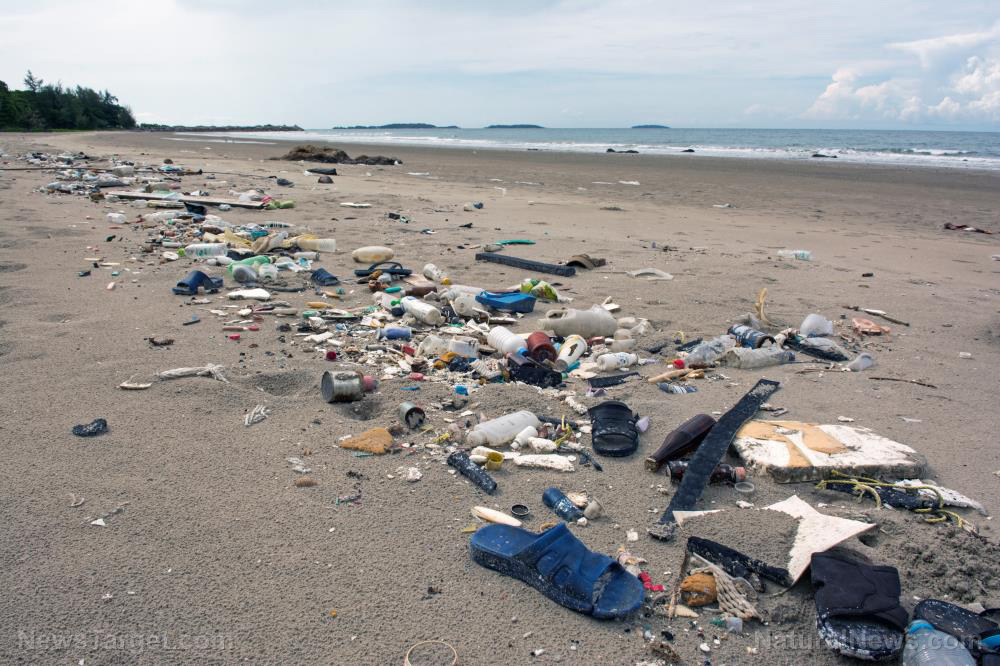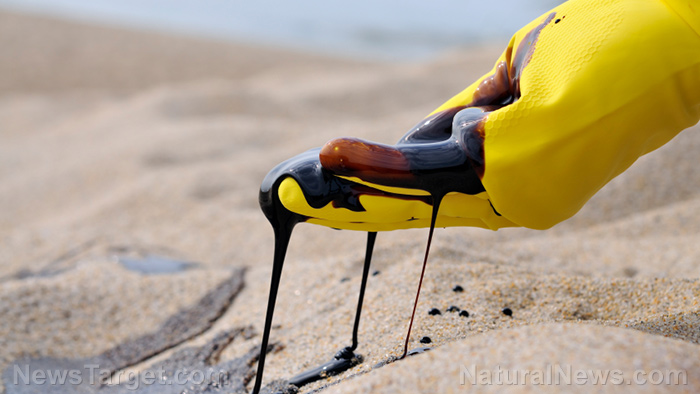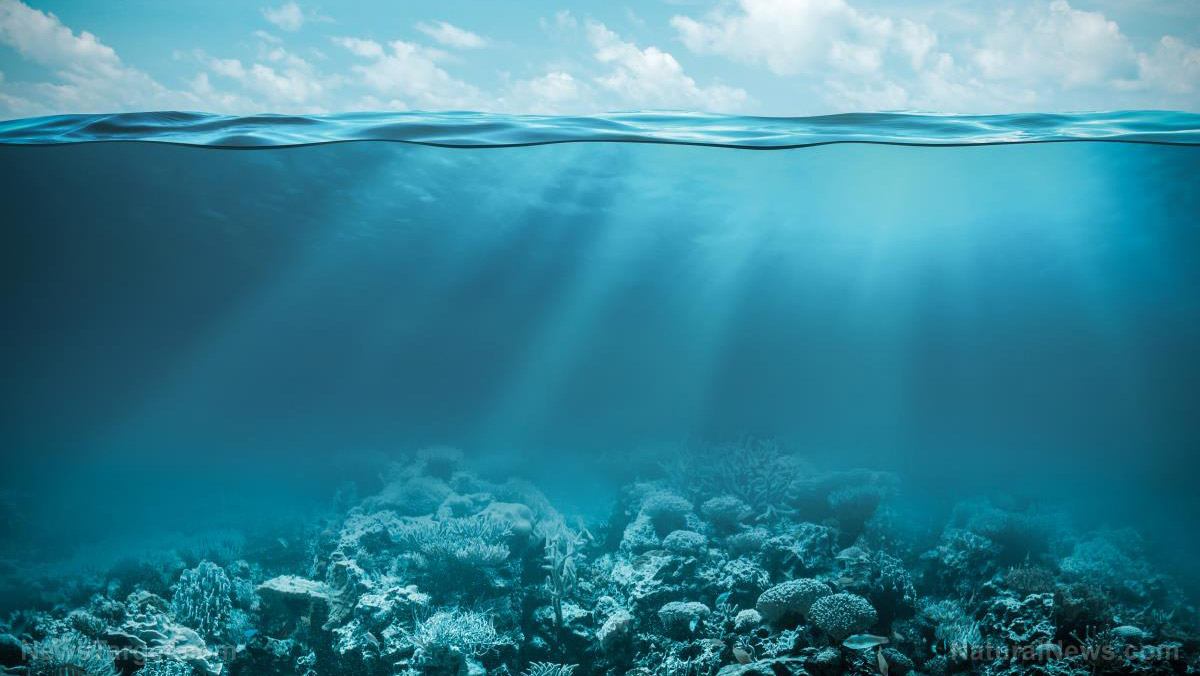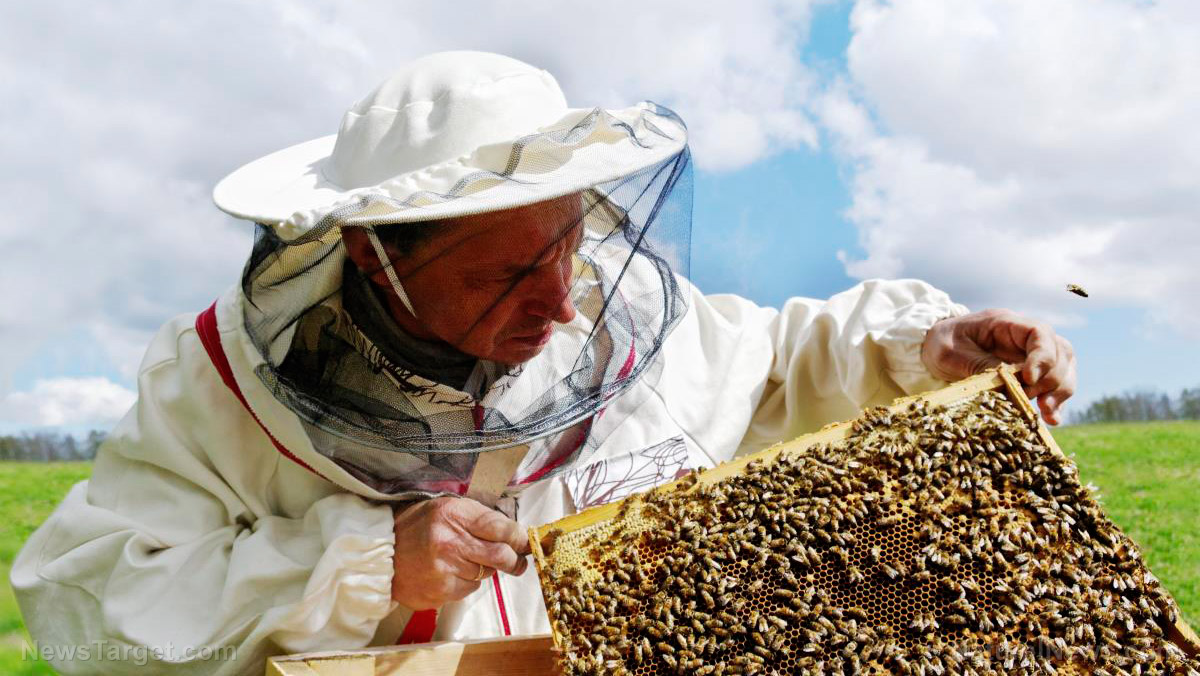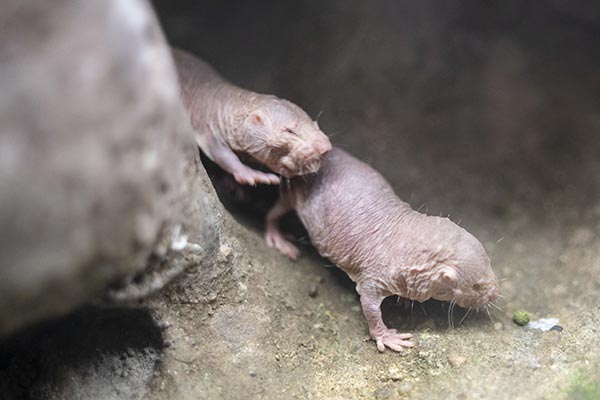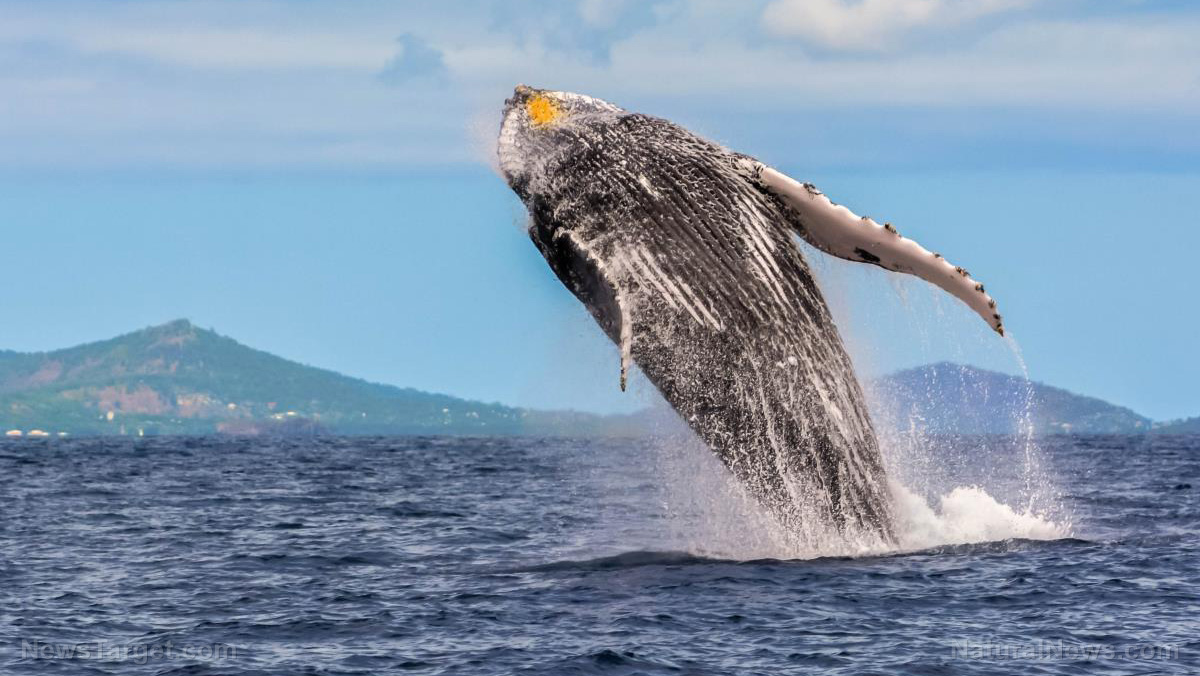Flesh-eating bacteria spread in Delaware Bay: Victims went crabbing or consumed seafood from the area, warn experts
02/24/2020 / By Michael Alexander
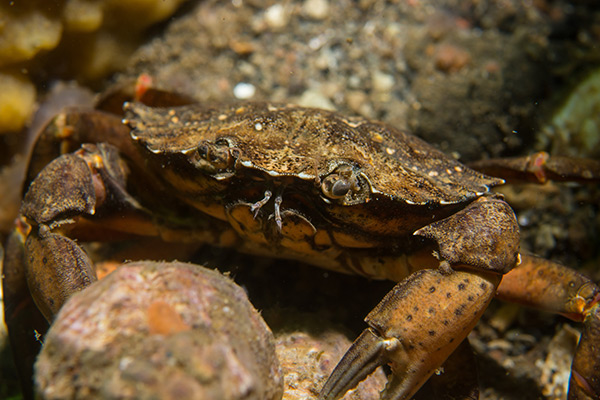
The waters off the coast of Delaware and New Jersey aren’t just the perfect environment for crabs and other shellfish – they’re also fast becoming the perfect home for flesh-eating bacteria.
This is according to a report made by researchers and medical and healthcare professionals at Cooper University Hospital in New Jersey, who saw a spike in infections involving the deadly microorganisms.
Infection from flesh-eating bacteria led to amputation
According to the report, while there was only one confirmed case involving flesh-eating bacteria between 2008 and 2016, the number of cases eventually jumped to five in the span of just two summers, in 2017 and 2018.
One of the patients, a 64-year-old man, died after developing an irregular heartbeat while undergoing surgery to remove the dead flesh from his infected right arm. The other four survived, albeit barely.
One of the surviving patients, a 60-year-old man with Parkinson’s disease, initially just had the infection in one of his legs. However, the infection soon rapidly spread to his other limbs, eventually leaving him in shock, and his respiratory system shut down.
According to the hospital’s report, the doctors were only able to save the man’s life after amputating all four of his limbs.
The other three patients survived with all their limbs intact – but not without undergoing aggressive and highly invasive treatments involving debridement or the removal of dead, dying and infected flesh from their bodies.
The researchers published their findings in the medical journal Annals of Internal Medicine.
While the five patients were all unrelated to one another, they had one thing in common: All five had been crabbing – a popular pastime in the area – before coming down with their infections, the cause of which was identified as the Vibrio vulnificus bacteria.
A relative of the bacterium that causes cholera infections, V. vulnificus is commonly found in warm marine environments, such as estuaries, brackish ponds or coastal areas, making it of particular concern for those who frequent such areas. V. vulnificus is commonly found in the Gulf of Mexico.
According to medical experts, V. vulnificus infections can take three forms.
The first is acute gastroenteritis, which typically results from eating raw or undercooked shellfish, such as oysters and crabs. Some of its symptoms include vomiting, diarrhea and abdominal pain.
The second is necrotizing wound infection, or necrotizing fasciitis, a rare “flesh-eating” infection that rapidly destroys skin and even muscle tissue. This type of infection can occur after exposing injured skin to contaminated marine water. Aside from open sores or wounds, V. vulnificus can enter the body through puncture wounds from fish, such as stingrays. People with necrotizing fasciitis can develop blistering dermatitis that can worsen and turn into large ulcers, which, in extreme cases, may require extensive debridement or even amputation.
V. vulnificus may also cause invasive sepsis in people after the consumption of raw or undercooked shellfish.
How to prevent V. vulnificus infections
The Centers for Disease Control and Prevention (CDC) says necrotizing fasciitis stemming from V. vulnificus infections usually doesn’t occur in people with healthy immune systems. According to the CDC, people only increase their risk of V. vulnificus infections if they have chronic liver disease, or if they already have compromised immune systems. (Related: Flesh-eating bacteria thrives on your suffering; the chemicals you release when in excruciating pain actually feed them.)
Here are some guidelines on how to avoid contracting necrotizing fasciitis from V. vulnificus and other bacteria:
- Avoid contact with salt or brackish water if you have open wounds. In case contact with water is unavoidable, make sure to cover your wounds using waterproof bandages.
- See your healthcare provider immediately if you are injured while out in the ocean.
- Always observe proper care for wounds. Clean minor cuts and wounds with soap and water; cover open wounds with dry and clean bandages until they are fully healed.
- Make sure you properly clean and cook shellfish, such as crabs, shrimp, mussels and oysters. Raw or undercooked shellfish are a known vector of the flesh-eating bacteria.
- Wash your hands often.
For more tips on preventing infections and other diseases, visit Prevention.news.
Sources include:
Tagged Under: acute gastroenteritis, bacteria, Diseases, Ecology, environ, flesh eating bacteria, health science, immune system, infections, necrotizing fasciitis, outbreak, pathogens, raw seafood, raw shellfish, research, sepsis, skin ulcer, wounds
RECENT NEWS & ARTICLES
COPYRIGHT © 2017 ECOLOGY NEWS

